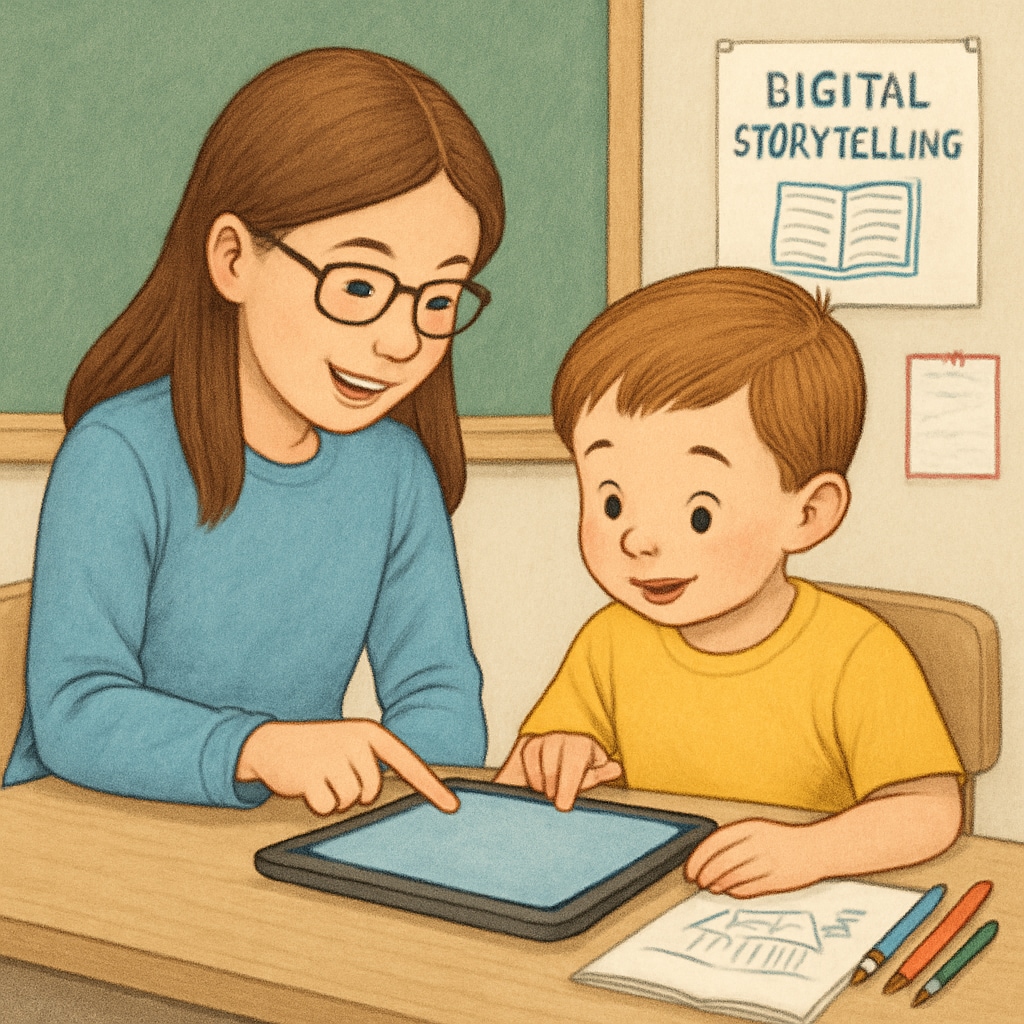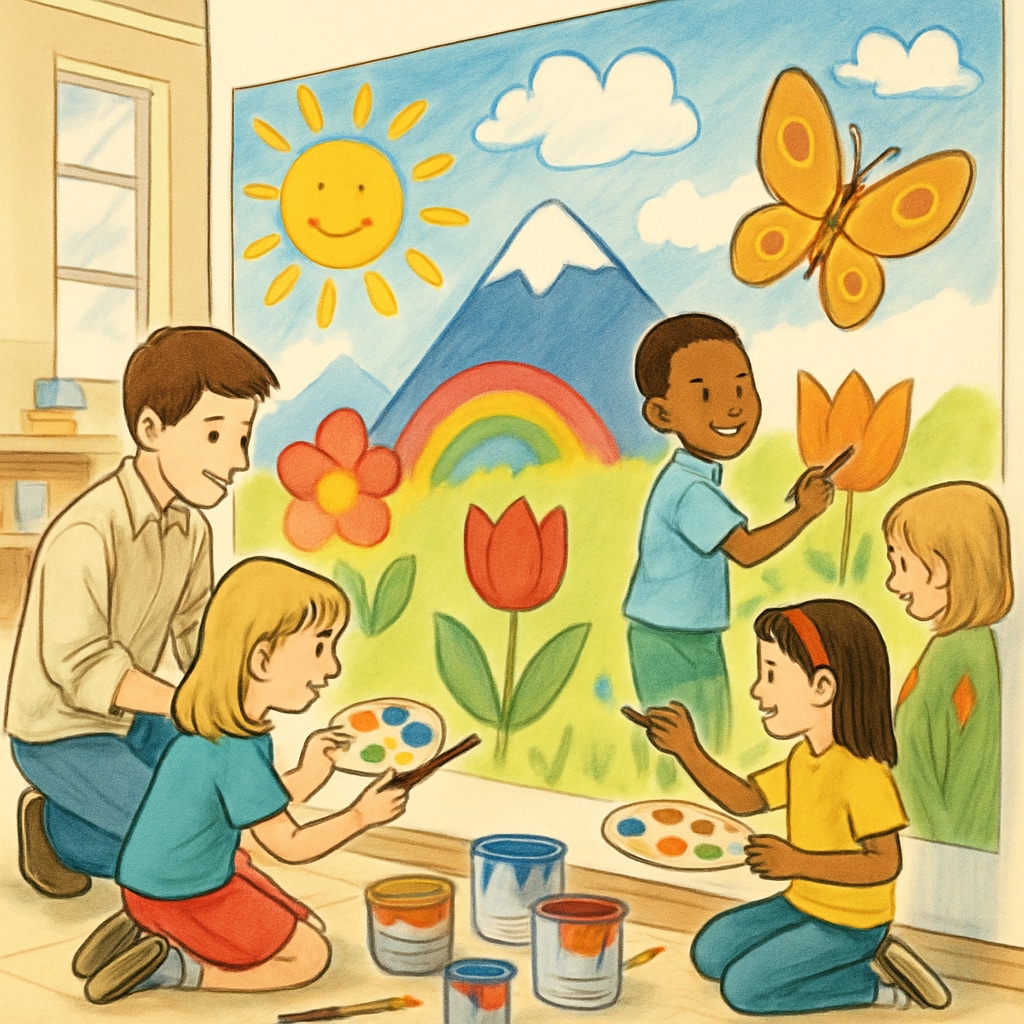Cross-age programs like the “kindergarten partner project” offer unique educational opportunities for students of different ages to learn and grow together. Pairing kindergarten students with fourth graders, for example, creates an environment where younger children can develop foundational skills while older students enhance their leadership and mentorship abilities. Structured activities, such as computer-based projects and creative tasks, can play a crucial role in achieving these goals. This article explores how carefully designed collaborative experiences can foster cognitive growth, improve social skills, and encourage responsibility in students.
Creative Computer-Based Projects for Cross-Age Learning
Integrating technology into cross-age partnerships can be both engaging and educational. Computer-based activities allow fourth graders to guide younger peers through simple tasks while reinforcing their own problem-solving and teaching skills. Here are some ideas:
- Interactive Storytelling: Fourth graders can work with kindergarten students to create digital stories using platforms like Storybird or Google Slides. This activity promotes creativity while teaching basic computer skills.
- Educational Games: Pair students to play age-appropriate games that focus on math, reading, or logic. Fourth graders can assist their younger partners in navigating interfaces and solving challenges.
- Basic Coding Projects: Tools like Scratch Junior allow older students to introduce simple coding concepts to kindergarteners by creating animations or interactive games together.

Interactive Hands-On Activities for Social and Cognitive Development
Beyond computer-based tasks, hands-on activities encourage teamwork and foster interpersonal skills. These projects are ideal for enhancing creativity and problem-solving abilities:
- Art Collaboration: Provide materials for paired students to create joint art projects, such as murals or themed collages. This teaches teamwork and allows self-expression.
- Gardening Sessions: Assign pairs to plant seeds or tend to a small garden. Older students can explain the steps, promoting responsibility and environmental awareness.
- Building Challenges: Use blocks or craft materials to design structures together. Fourth graders can help kindergarteners grasp spatial concepts while improving their own communication skills.

Benefits of Cross-Age Partnerships for Both Age Groups
Cross-age learning programs offer distinct benefits for both kindergarten and fourth-grade students. These partnerships foster mutual growth and create a supportive learning environment:
- For Kindergarten Students: They gain essential skills such as teamwork, communication, and basic academic concepts. The guidance of older peers builds confidence and encourages curiosity.
- For Fourth Grade Students: These students develop leadership, empathy, and patience. Teaching and mentoring younger peers also solidify their own understanding of academic topics.
As a result, cross-age partnerships provide a foundation for emotional and social growth, setting the stage for lifelong learning. The structured activities outlined above ensure that both age groups benefit equally from the experience.
To learn more about cross-age learning benefits, check out peer learning on Wikipedia or explore mentorship programs on Britannica.
Readability guidance: Use short paragraphs and lists to summarize ideas effectively. Incorporate engaging transitions like “however,” “in addition,” and “for example” to improve flow. Ensure activities are age-appropriate and focus on fostering collaboration.


